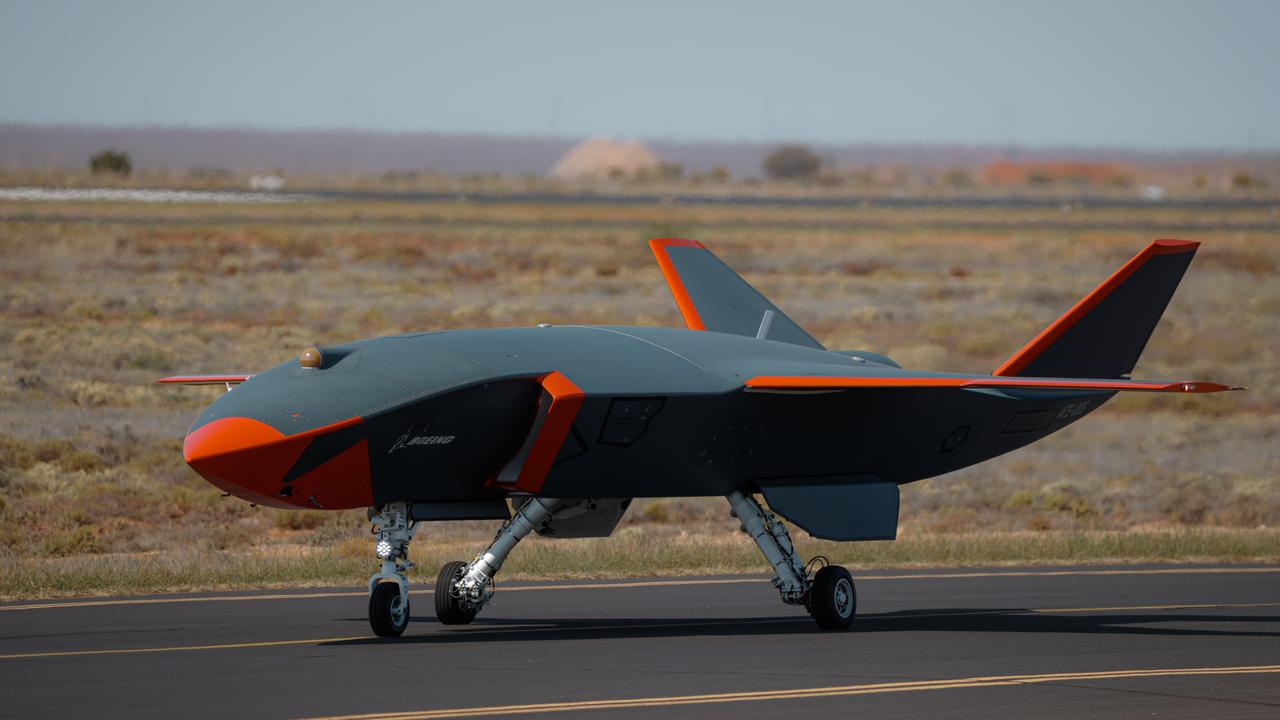Tindal to be hub for projection of airpower
The recently announced AUKUS strategic partnership will likely see renewed focus on Defence bases in northern Australia – in particular, the Northern Territory.

The closer co-operation between Australia, the US and the UK under the recently announced AUKUS strategic partnership will likely see renewed focus on Defence bases in northern Australia including, in particular, the Northern Territory.
The NT is already the major focal point for the US Force Posture Initiative (FPI), which has seen increasing numbers of US Marine Corps personnel and equipment based in Darwin during the dry season, and analysts predict numbers of US personnel in the Top End will continue to grow under the new arrangement.
Northern Territory government figures show that Defence expenditure in the NT reached $2.2bn in the 2019-20 financial year, representing 8.8 per cent of its gross state product and, in April this year, Defence Minister Peter Dutton further announced almost $8bn of capital infrastructure works for Defence facilities in the Territory over the next decade.
One of the major Defence bases in the Northern Territory is RAAF Tindal, 15km south of Katherine.
The base is home to an RAAF fighter squadron and regularly hosts training deployments from US forces in the region.
Tindal is also expected to become a major hub for the projection of airpower into the Indo-Pacific region and the base has been a major recipient of capital infrastructure in recent times.
This work includes upgrades for the recent arrival of the RAAF’s F-35A Joint Strike Fighters and expansion under the US FPI and associated Enhanced Air Cooperation (EAC) program with the US Air Force.
This is also set to continue into the future, with further works under the FPI and EAC schemes and upgrade works to accommodate deployments of RAAF P-8A Poseidon and MQ-4C Triton maritime patrol platforms.
The total value of the upgrade work at Tindal is in the region of $1.7bn.
Work on the latest in the series of major upgrades began in September 2020, with the ceremonial turning of the first sod on a $1.1bn program under Stage 6 of the Tindal Base Redevelopment project.
Together with a KC-30A Facilities Project funded under the US FPI, the work will see major redevelopment of airfield infrastructure to support deployments of large aircraft such as the RAAF’s KC-30A multi-role tanker transports and US Air Force strategic bombers.
Running concurrently with this work is a $437m upgrade of base engineering services, including power, water and sewerage infrastructure to support increased demand and all work under these programs is expected to be completed by the end of 2027.
Further major infrastructure work is expected to begin soon in support of the Triton high-altitude long-endurance (HALE) unmanned aircraft, which will use Tindal as its forward operating location for intelligence, surveillance and reconnaissance (ISR) missions throughout the region.
While work was originally planned to begin some time ago, doubts about the future of the broader US Navy Triton program resulted in a temporary pause.
The work package is now expected to be presented to the Commonwealth’s Parliamentary Works Committee (PWC) in early 2022 and is expected to be completed by the end of 2026.


